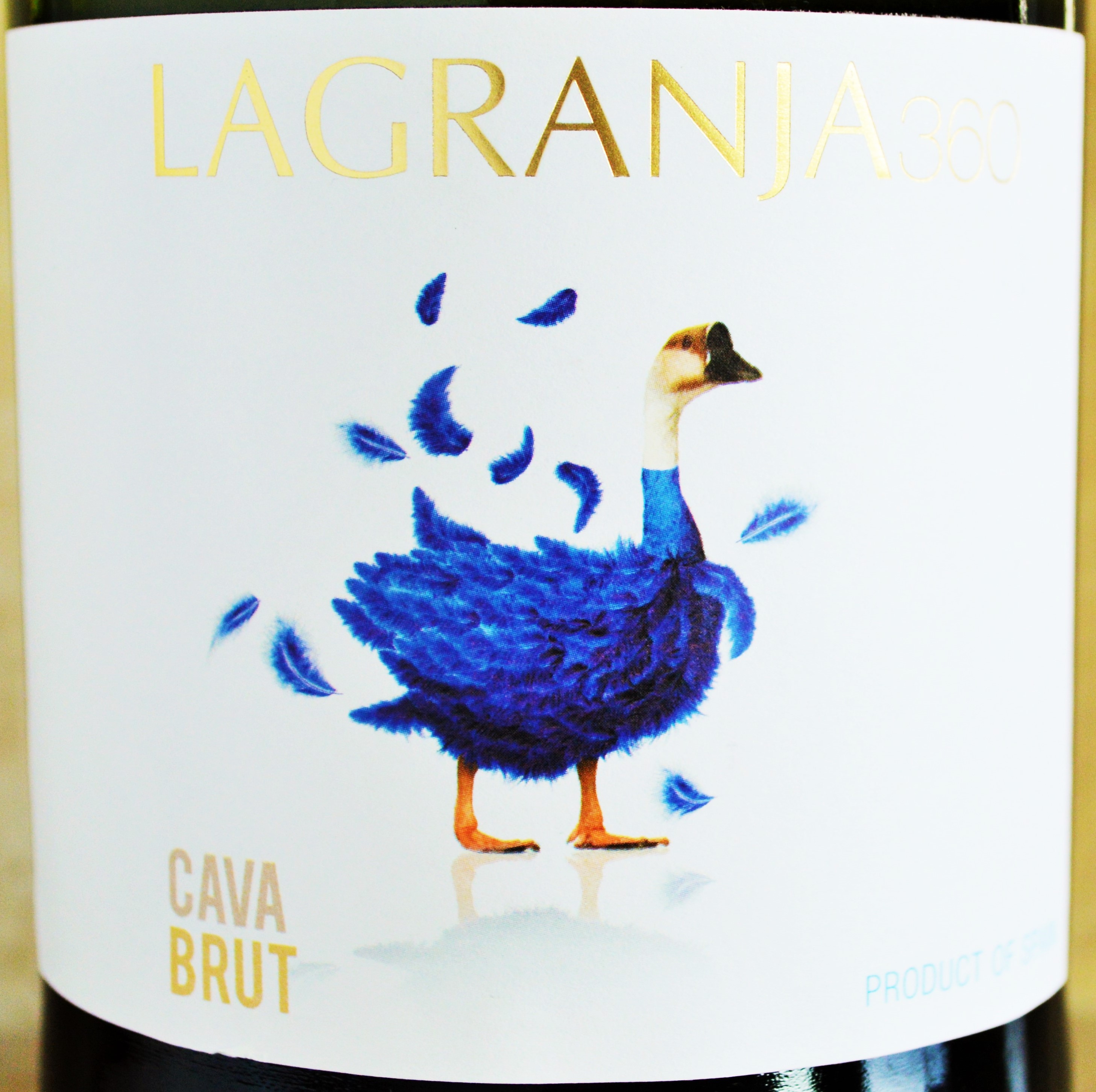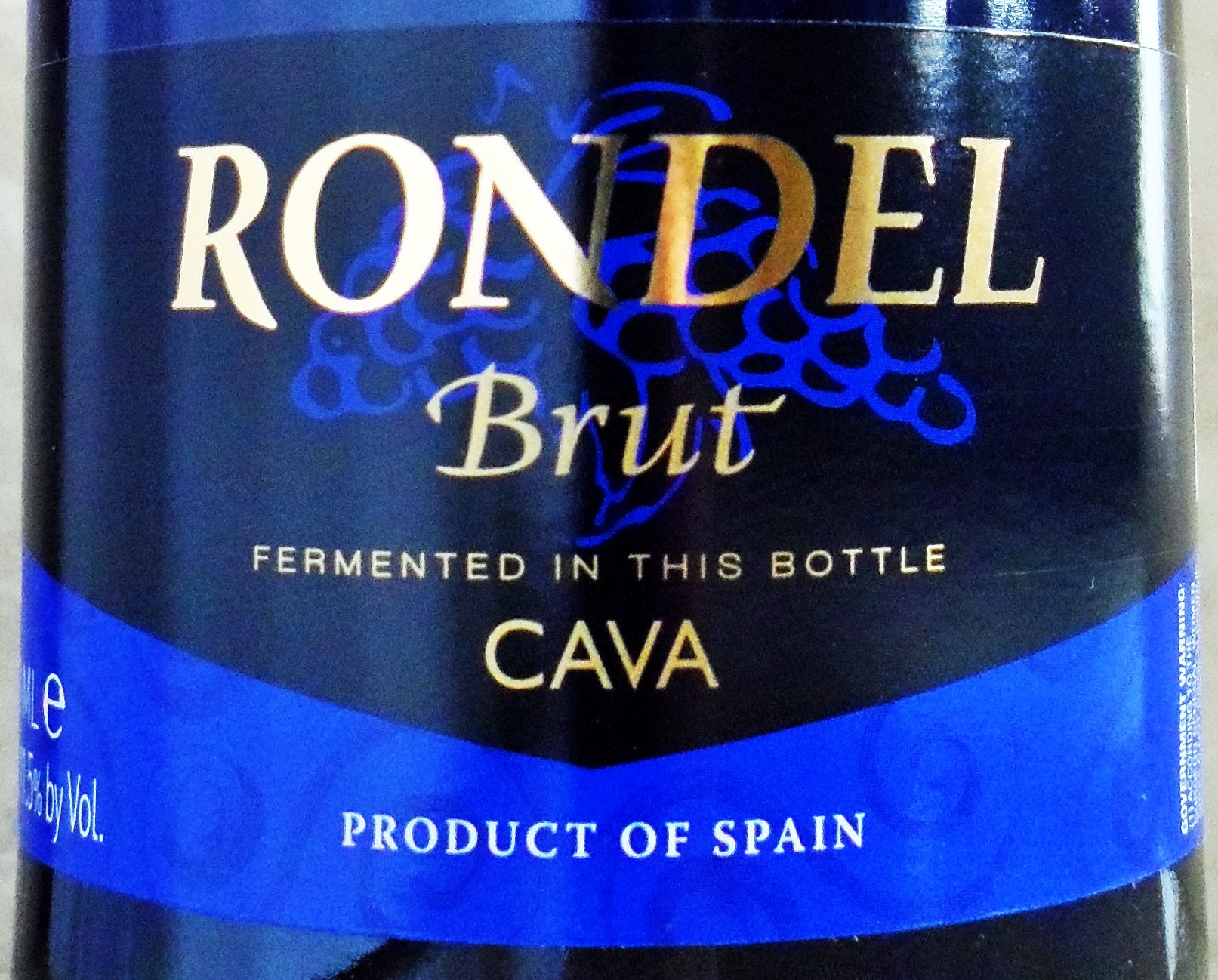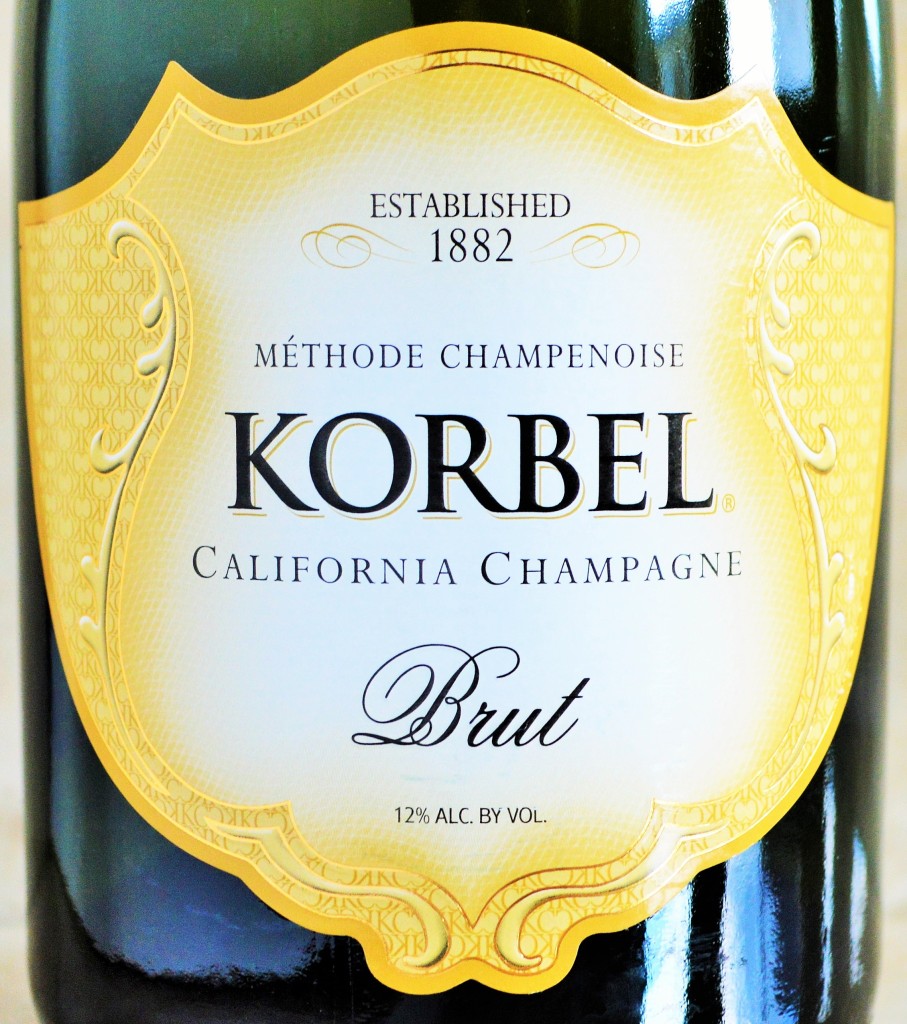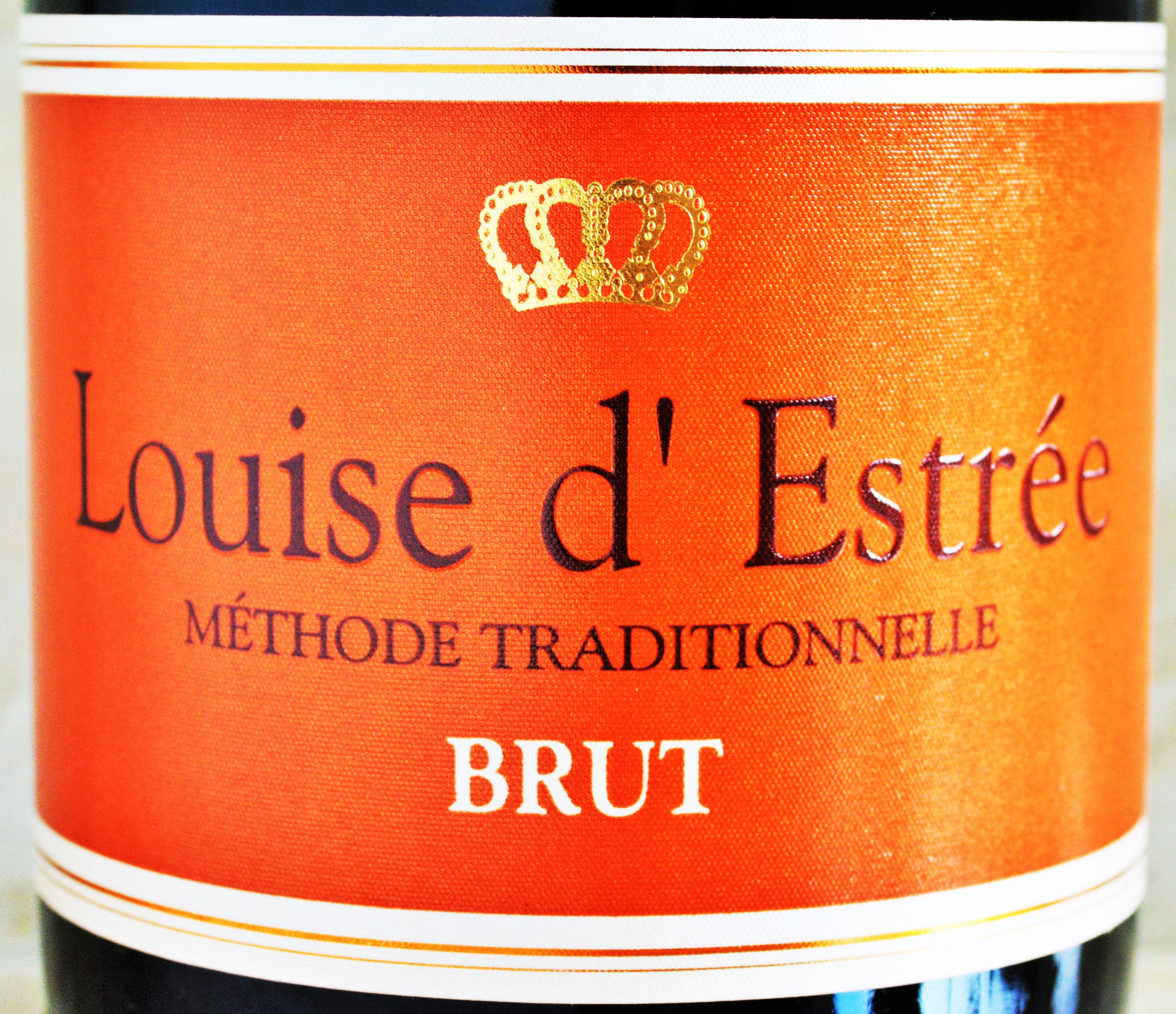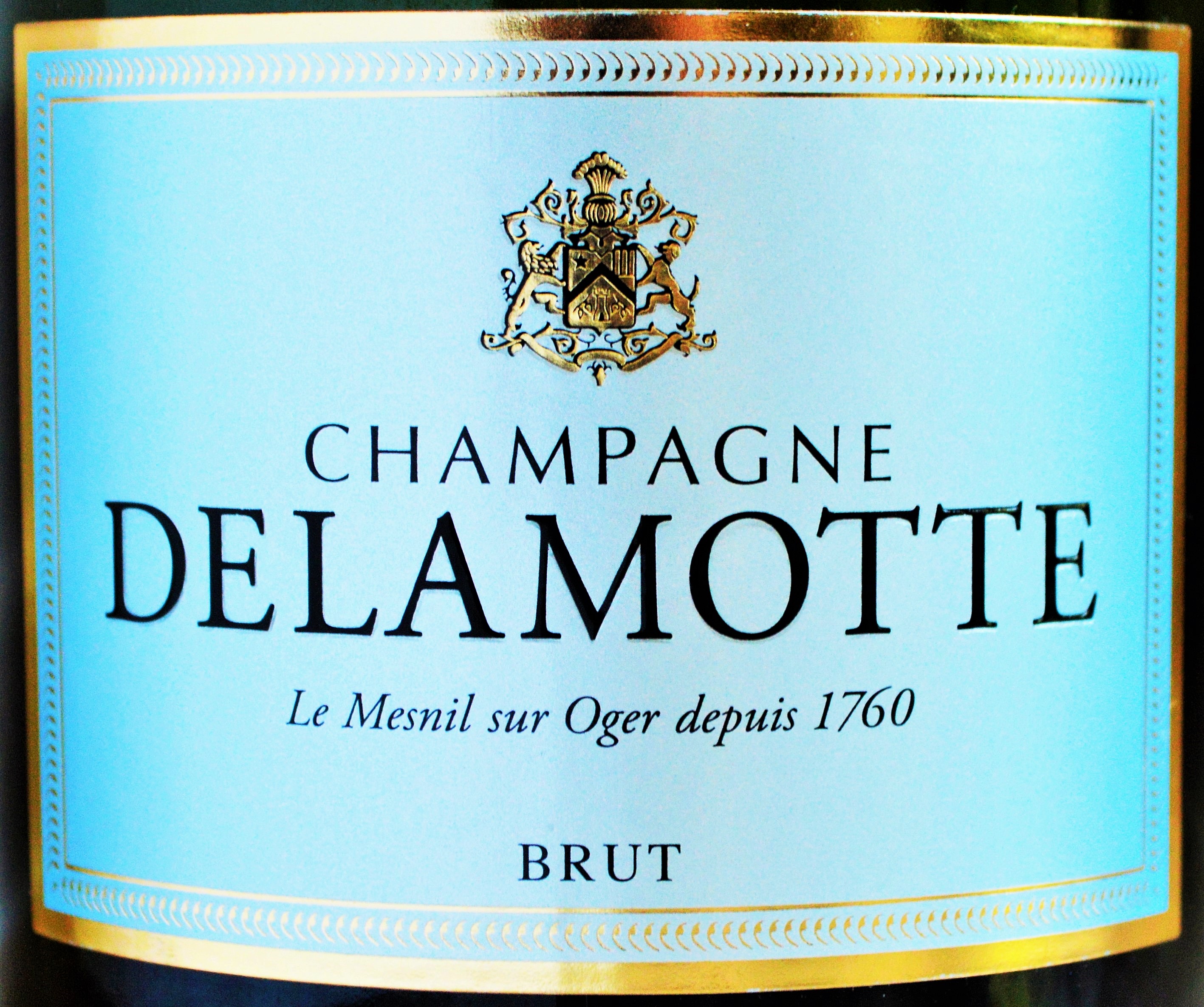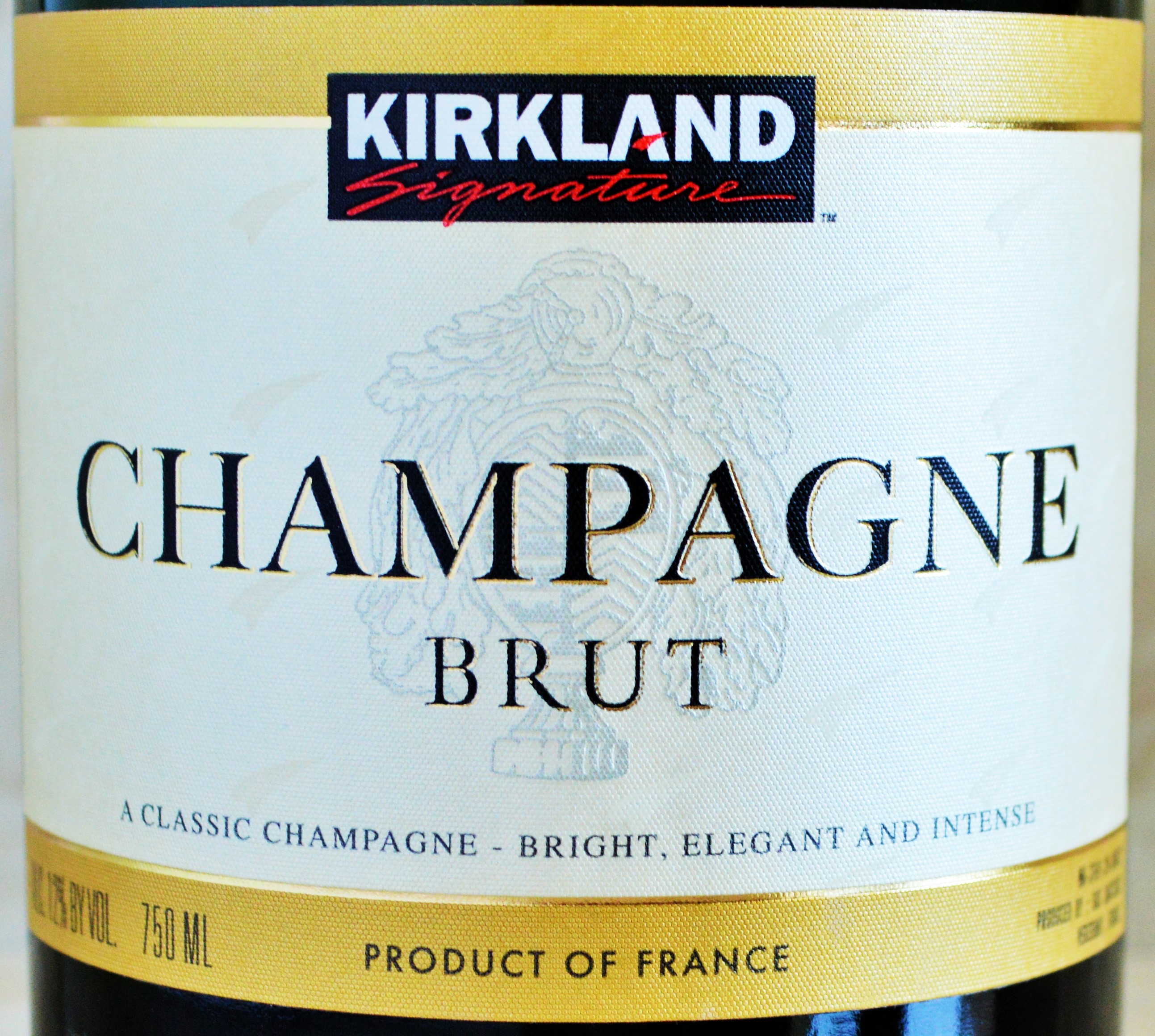Guide to Moscato Wine | Testing Popular Moscato Wines
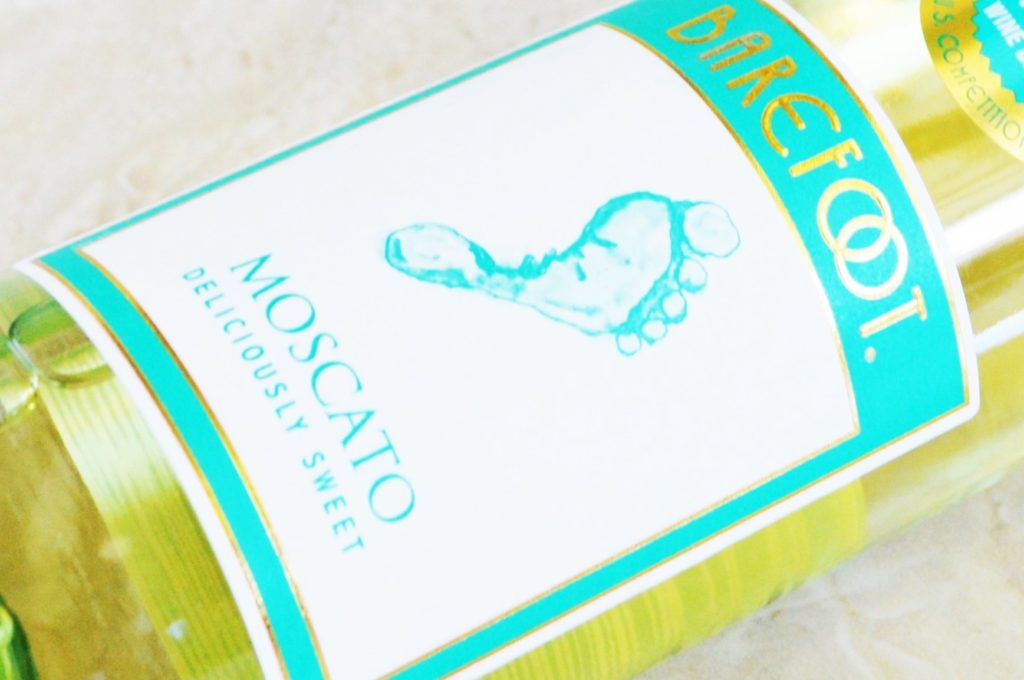
Is it just me, or have Moscato wines become all the rage lately? I don’t know whether to attribute this sudden resurgence in Moscato’s popularity to all of the recent hip-hop shout-outs or simply because consumers have rediscovered what makes Moscato wine so likable in the first place. Some are even calling Moscato wine the new “rapper’s delight” – though it’s more likely a confluence of both factors.
Luckily, unlike the purely aspirational nature of previously coveted rapper libations, Moscato’s refreshingly low-alcohol, aromatic and slightly-sweet personality is exponentially more attainable!
What Kind of Wine is Moscato? | Moscato Wine
Moscato is produced from the Muscat Blanc grape resulting in an intensely aromatic, typically semi-sweet white wine that ranges from being still or slightly effervescent to completely sparkling, otherwise referred to as Spumante. Spumante literally means an Italian sparkling white wine.
Moscato owes it’s aromatic intensity to its high concentration of monoterpenes enzymes – some of which are actually known for their natural antibacterial behavior and can also be found in aromatic herbs and spices such as mint and cinnamon. Moscato shares this interesting trait with other highly aromatic varietals such as Riesling and Gewürztraminer.
What Does Moscato Wine Taste Like? | Moscato Wine
Generally speaking, you can expect a vivid, floral aromas of honeysuckle and orange blossom along with flavors of fresh peaches, apricots, apples, citrus and ginger. Moscato wine owes a good deal of its popularity to its exotic and expressive bouquet.
They are usually semi-sweet with enough acidity to avoid becoming heavy. Many Moscato wines have a unique “Muskiness” that is characteristic to Moscato wine.
Moscato wines tend to pack a lot of flavor in an approachable, low-alcohol package. They are phenomenal wines for novice wine drinkers and for sipping on hot, summer days.
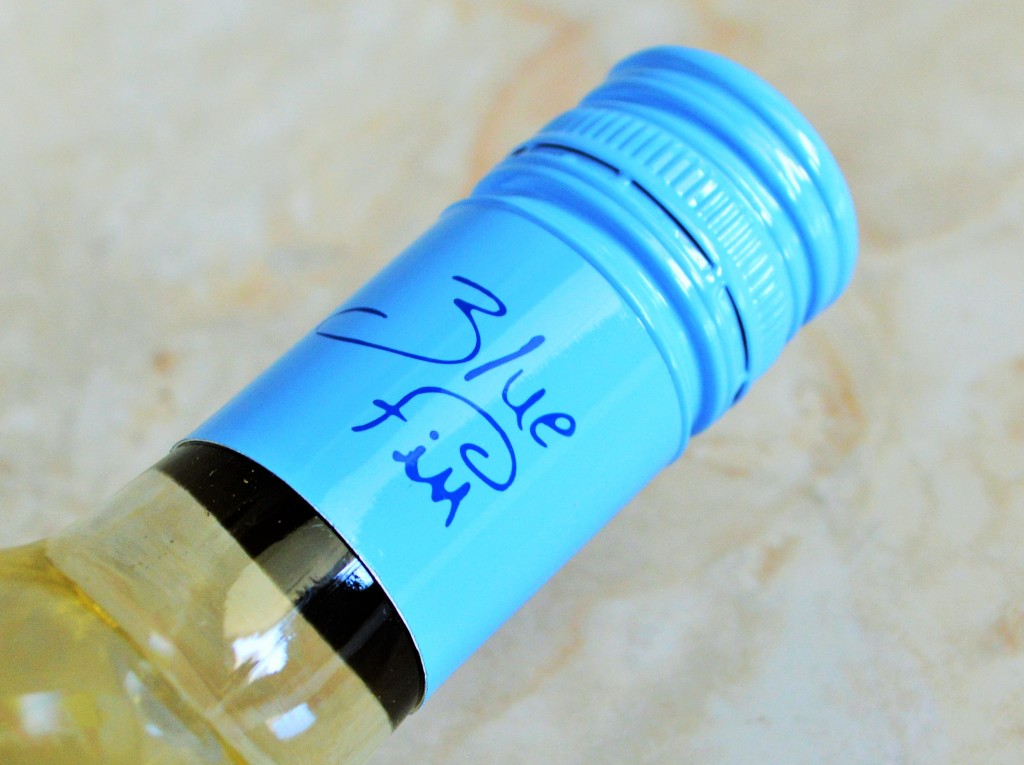
Where is Moscato Wine From? | Moscato Wine
Being arguably the oldest vinified grape variety in the world has led to Moscato getting around a bit – Moscato wines can be found thriving in many wine-producing regions of the world.
But the Moscato name hails from Italy – as do the famous Moscato d’Asti wines produced in Italy’s Northwestern Piedmont region.
Asti is actually a province within Piedmont with approximately 75,000 inhabitants. Any wine labeled Moscato d’Asti must be produced from grapes sourced within this region.
Moscato Vs. Moscato d’Asti | What’s the difference?
While the different but names may be confusing, the differences between these Moscato wines is actually quite simple.
Moscato d’Asti is most often produced in the frizzante style so it is slightly sparkling, and must come from the Italian province of Asti. Moscato d’Asti is the most famous type of Moscato.
A wine that is simply labeled Moscato is a white wine that can be produced all over the world and will most commonly be slightly effervescent, though is sometimes produced in a dry style.
How Can I Tell How Sweet A Moscato Will Be? | Moscato Wine
Looking for just a hint of sweetness? A great way to identify which Moscato wines will be right for you is to look at the alcohol by volume (ABV), which will be shown as a percentage. The higher the alcohol content, the less sweet that particular Moscato wine is going to be. Conversely, if you want a sweet Moscato wine, look for a low-alcohol one.
As a general rule when trying to determine how sweet a Moscato wine is:
- When alcohol is from 5% to 8%, it will be more sweet.
- When alcohol ranges from 9% to 12% it will be less sweet.
- So using this logic, a 5% ABV Moscato should be very sweet while a 12% ABV Moscato should be far more dry.
What Should I Pair With Moscato? | Moscato Wine
Due to sweetness of many Moscato wines they make terrific accompaniments to spicy cuisines and desserts (think thai food or peach cobbler). But their exuberant, low-alcohol personalities makes them popular aperitifs as well.
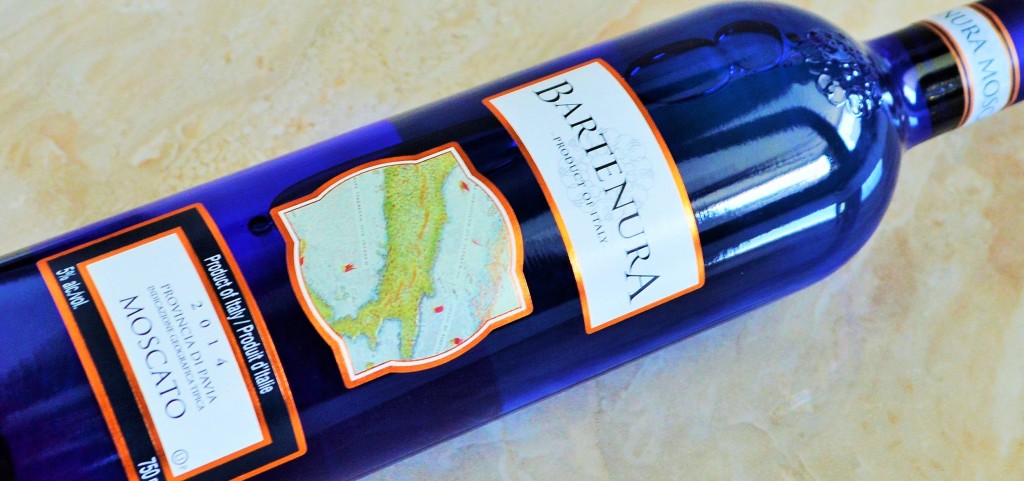
Which Moscato Wine Should I Buy? | Putting Popular Moscato Wines To The Test
Luckily, due to the recent surge of Moscato’s popularity it is becoming easier to find in local stores. It’s an added bonus that like its approachable personality, most Moscato wines are similarly priced and easy on your wallet.
The following Moscato wines are popular, well-distributed examples so they should be as easy to hunt down as they are inexpensive to enjoy. They are ranked in order from least to most expensive.
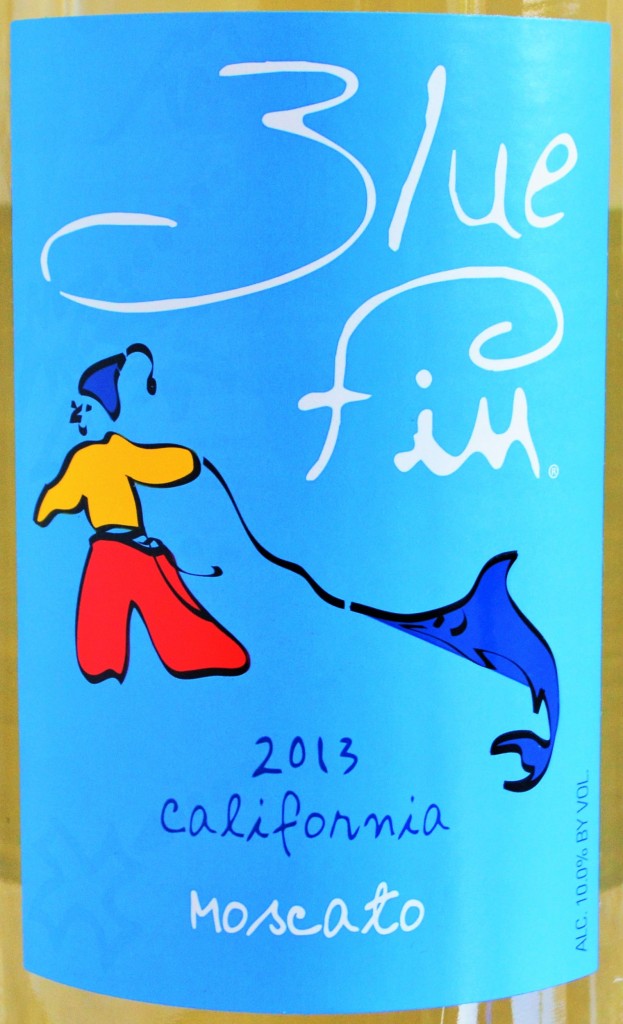
Blue Fin Moscato 2013
Price: $4.49
Where I Got It: The Trader Joe’s Wine Section
Alcohol By Volume: 10%
Sweetness Level: Medium
Level of Effervescence: Slightly Sparkling
Flavor Profile: An aromatic and perfumed nose leads to rich notes of honeysuckle, apricot and honeydew melon along with hints of orange zest. This exudes a vibrant personality with enough acidity and subtle effervescence to keep this semi-sweet wine from becoming heavy or cloying.
Origin: California
Value: 5 / 5
Should You Buy? Exuberant aromatics, the best price and a level of sweetness that isn’t overwhelming? The Blue Fin Moscato is a solid option and an excellent value at under $5.
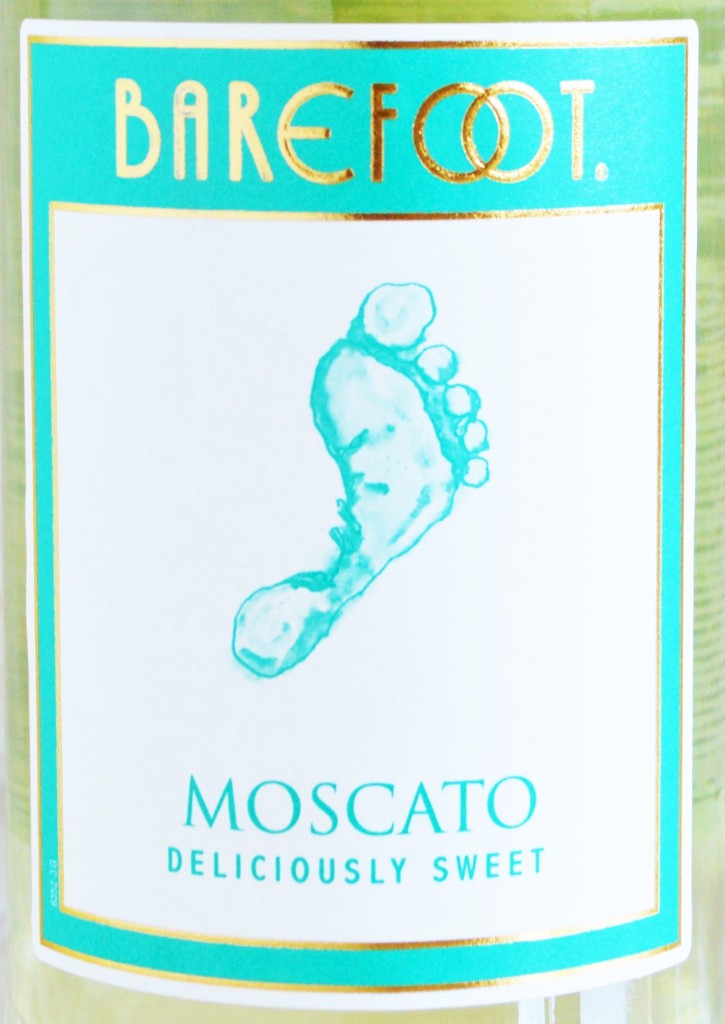
Barefoot Moscato (Non-Vintage)
Price: $4.77
Where I Got It: Total Wine
Alcohol By Volume: 9%
Sweetness Level: Wow this is sweet!
Level of Effervescence: Slightly Sparkling
Flavor Profile: Only slightly more aromatic than the Alice White Moscato, the Barefoot Moscato reveals predominantly elderflower, honey, pear and lime notes with a thick, viscously sweet mouthfeel that’s lifted by subtle effervescence.
Origin: California
Value: 4 / 5
Should You Buy? If you’re looking for a very sweet, inexpensive Moscato, then Barefoot Moscato is the wine for you.
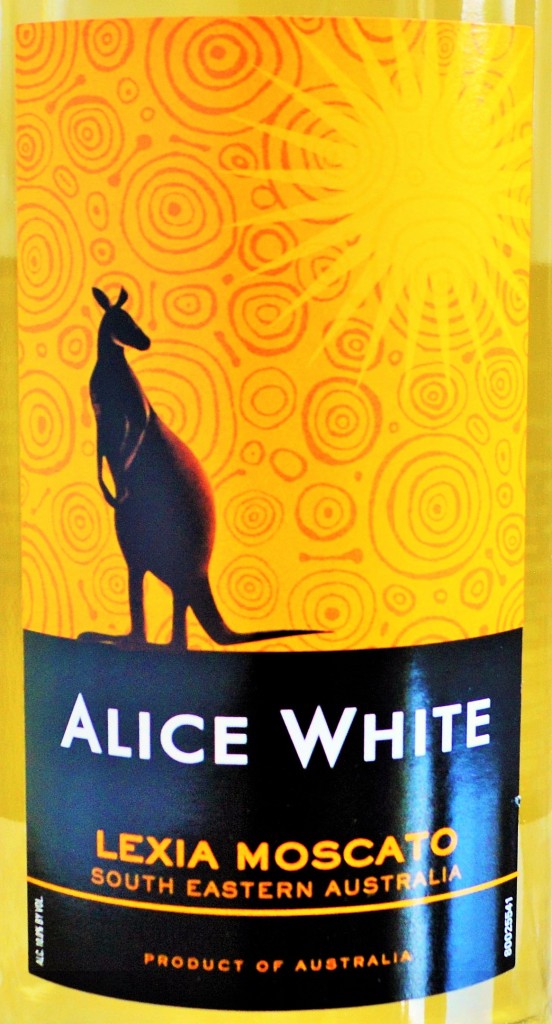
Alice White Lexia Moscato (Non-Vintage)
Price: 6.99
Where I Got It: The Trader Joe’s Wine Section
Alcohol By Volume: 10%
Sweetness Level: Very Sweet
Level of Effervescence: Still
Flavor Profile: A subtle, understated nose with faint suggestions of honey and lime leads to a very rich, sweet mouthfeel that’s dominated by honey notes along with hints of lime citrus and kiwi.
Origin: South Eastern Australia
Value: 2.5 / 5
Should You Buy? If you’re looking for a very sweet, simple Moscato without any effervescence then this is an okay option, otherwise it was not impressive.
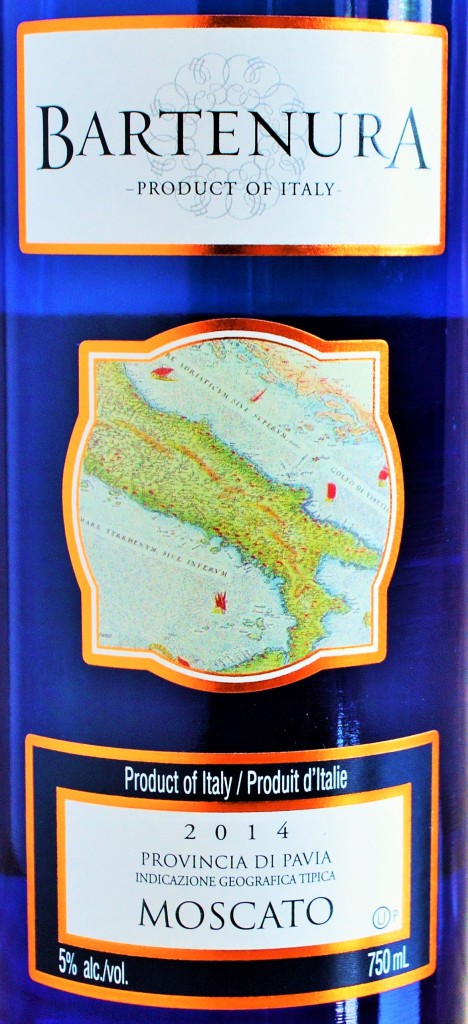
Bartenura Moscato 2014
Price: $10.99
Where I Got It: The Costco Wine Section
Alcohol By Volume: 5%
Sweetness Level: Very sweet
Level of Effervescence: Slightly sparkling
Flavor Profile: The nose is clean and reveals white flowers and lime along with hints of peach. The mouthfeel is extremely sweet but the refreshing acidity keeps the Bartenura Moscato from becoming as heavy as the Barefoot Moscato.
Origin: Italy
Value: 3 / 5
Should You Buy? The Bartenura Moscato offers decent complexity but is only for those who like their Moscato very sweet. It is a nice option for those looking for a Kosher Moscato.
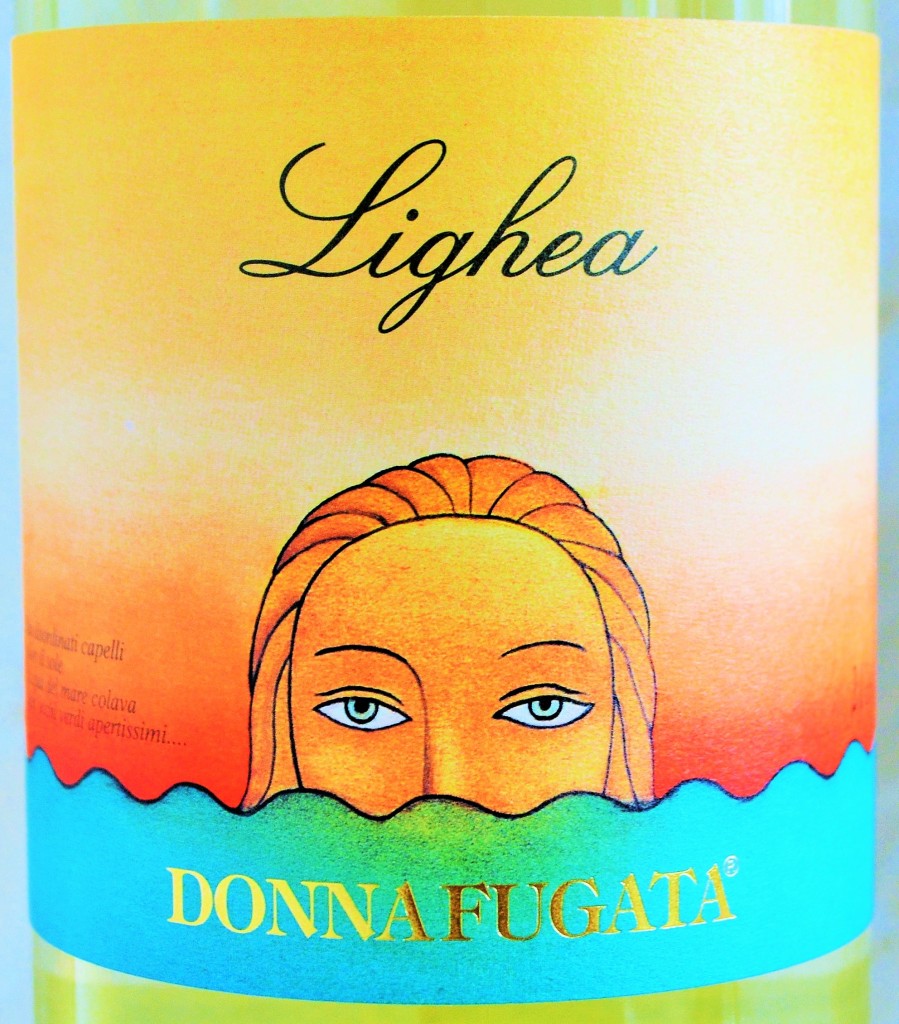
Donnafugata Lighea Zibbibo 2014 (Muscat of Alexandria)
Price: $23 Retail, though available from $16.49 to $19.99 according to wine-searcher.
Where I Got It: Sample
Alcohol By Volume: 12.5%
Sweetness Level: Completely Dry
Level of Effervescence: Still
Flavor Profile: A vibrant, perfumed nose reveals notes of flowers, lychee, apple, melon and pear enveloped in a honeyed richness. In the mouth, those notes carry though but become more subdued than the nose might suggest and are grounded by stony minerality and zesty acidity – something completely lacking in the other Moscato wines tasted today. It finishes nicely with lingering hints of ginger spice.
Origin: Sicily, Italy
Value: 4 / 5
Should You Buy? Those seeking the alluring aromatic qualities of Moscato in a refreshingly dry package will find this more sophisticated offering from Donnafugata to be an excellent option. While the most expensive of the wines tasted today, it is well worth the money and is the Moscato you would find in my glass.
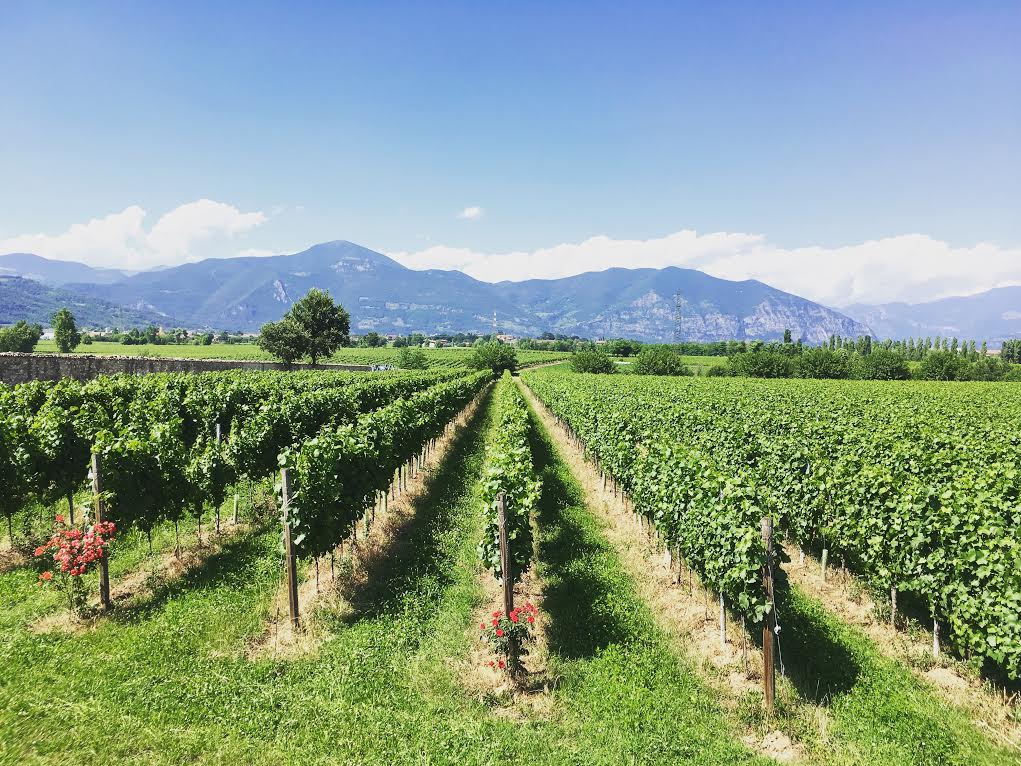
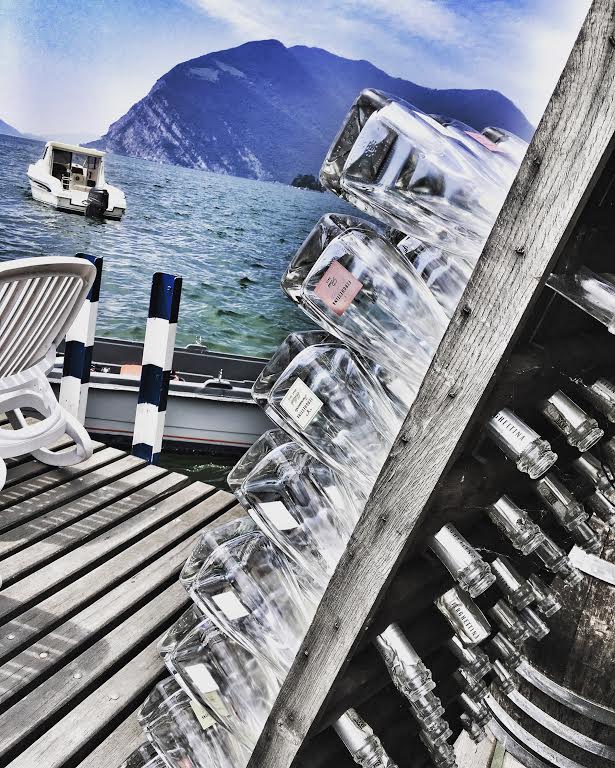

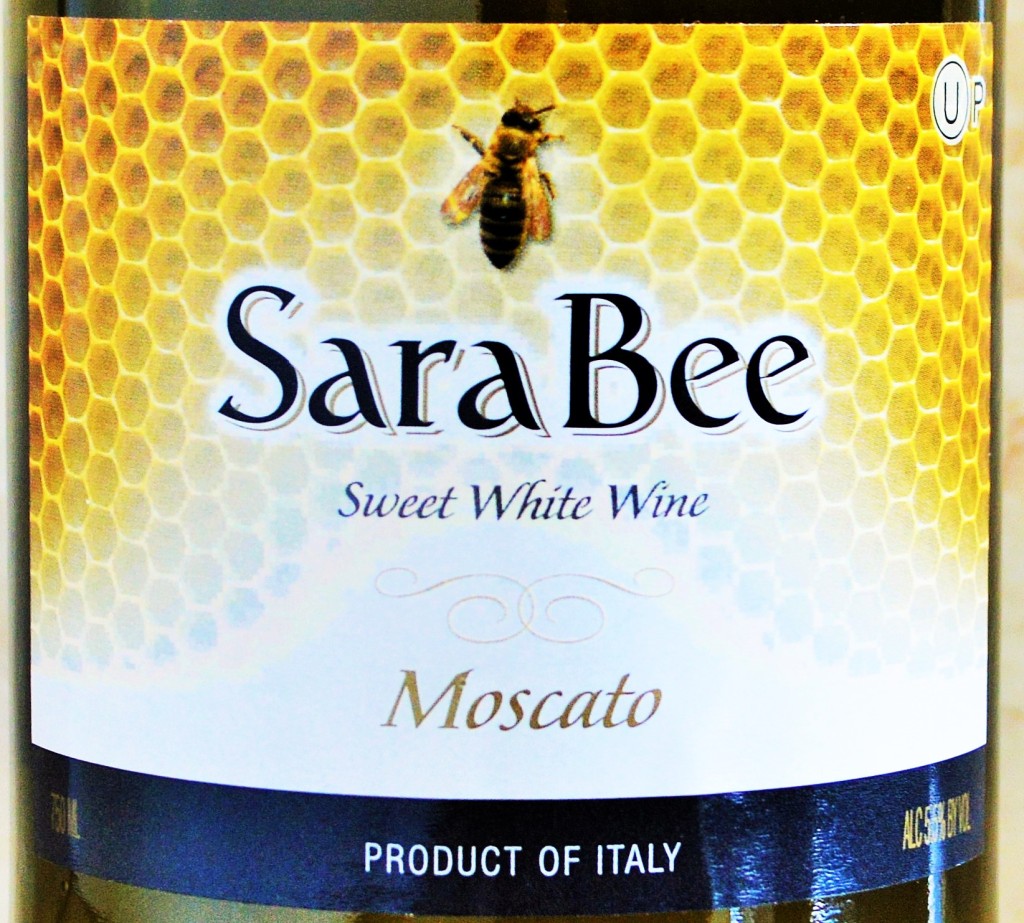








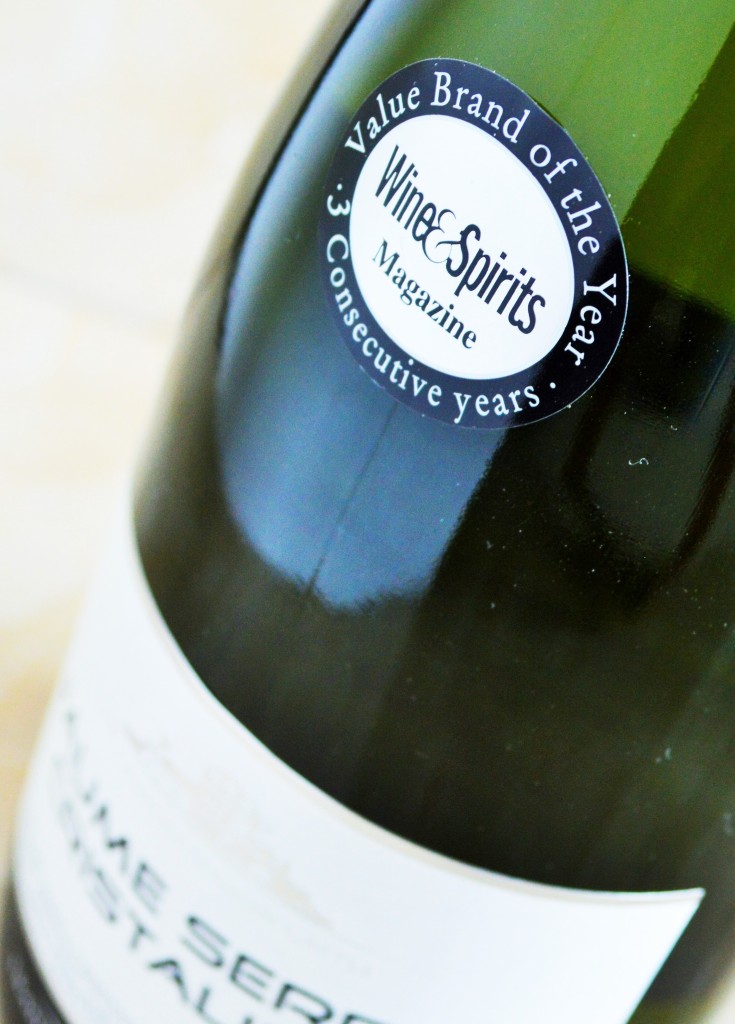
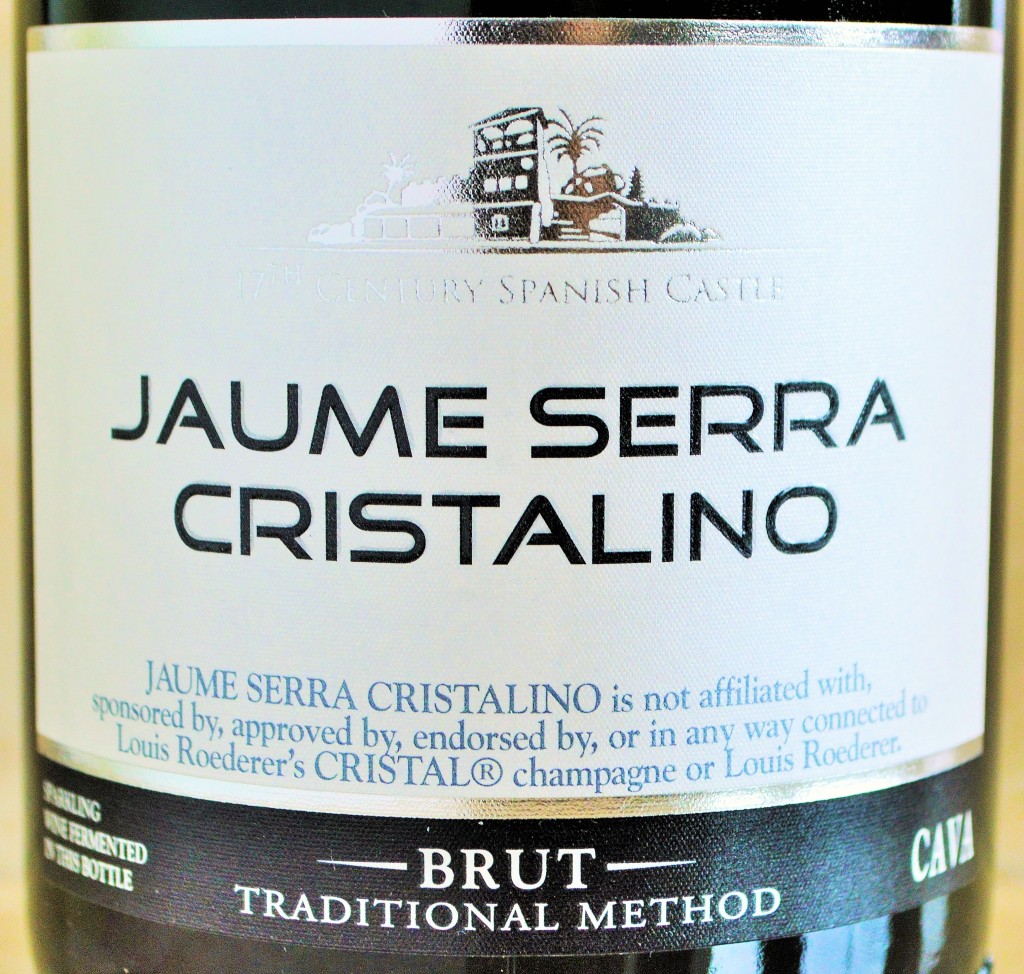 Jaume Serra Cristalino Brut Cava
Jaume Serra Cristalino Brut Cava